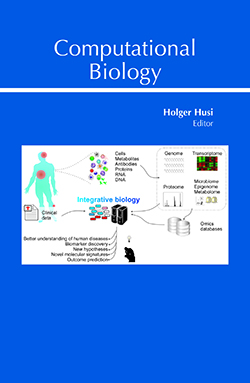Biological Sequence Analysis
Main Article Content
ABSTRACT
This chapter focuses on several biological sequence analysis techniques used in computational biology and bioinformatics. The first section provides an overview of biological sequences (nucleic acids and proteins). Bioinformatics helps us understand complex biological problems by investigating similarities and differences that exist at sequence levels in poly-nucleic acids or proteins. Alignment algorithms such as dynamic programming, basic local alignment search tool and HHblits are discussed. Artificial intelligence and machine learning methods have been used successfully in analyzing sequence data and have played an important role in elucidating many biological functions, such as protein functional classification, active site recognition, protein structural features identification, and disease prediction outcomes. This chapter discusses both supervised and unsupervised learning, neural networks, and hidden Markov models. Sequence analysis is incomplete without discussing next-generation sequencing (NGS) data. Deep sequencing is highly important due to its ability to address an increasingly diverse range of biological problems such as the ones encountered in therapeutics. A complete NGS workflow to generate a consensus sequence and haplotypes is discussed.
Downloads
Metrics
Article Details

This work is licensed under a Creative Commons Attribution-NonCommercial 4.0 International License.

